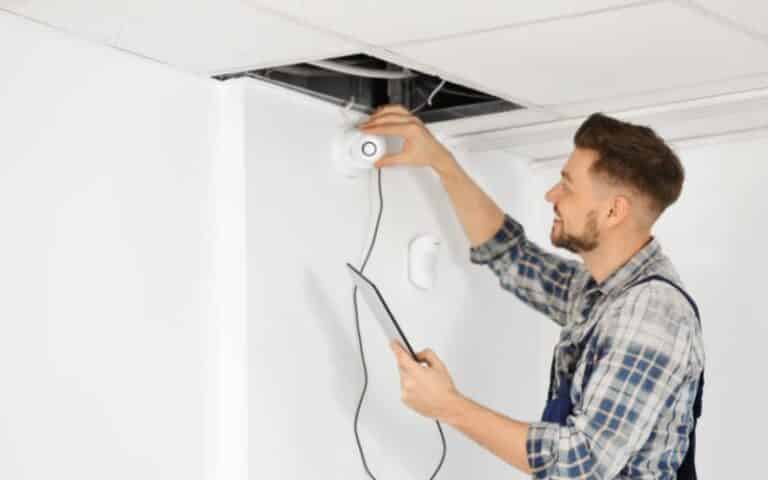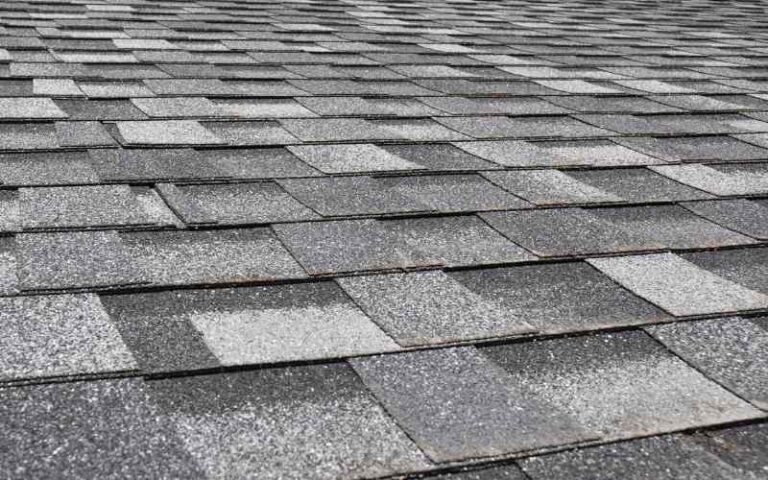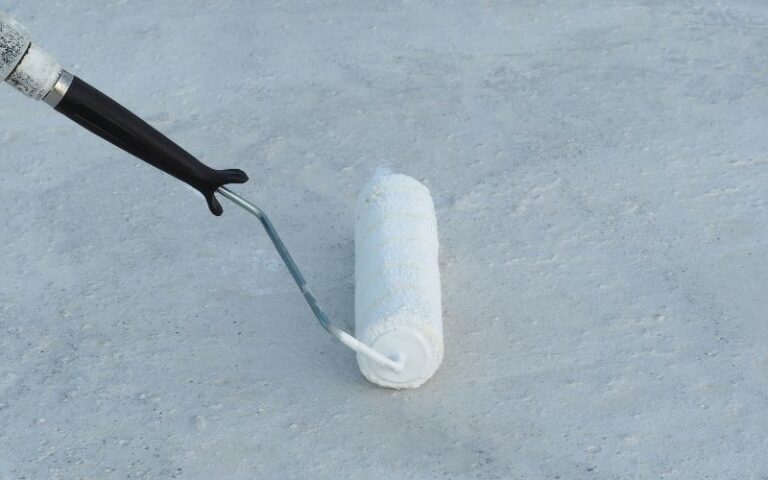Purchasing your shingle is one thing, and preserving or maintaining them before or after usage is another. Imagine your shingle bundles impairing.
No one surely wants such an occurrence.
Most homeowners are usually concerned about the time frame to which Shingle bundles can sit on roofs without any impairment. This article will shed some light on that.
Shingles bundles can last a few weeks on your roof, depending on how you expose them. To maximize their life, ensure you evenly distribute them around the roof surface. Also, don’t stack them in one spot. Instead, stack a maximum of two pallets together. Anything higher than that, you’ll need plywood under the stacks. Finally, avoid excessive sunlight and rain exposure.
Ready for a Roofing Quiz?
Can I Leave Bundles Of Shingles On Roof?

Many homeowners want to know if they can leave bundles of shingles on the roof. You can. But don’t. Shingle bundles are not shaped for staking purposes on roofs.
You can allow your shingle bundles on the roof, though It’s something that I don’t recommend. They could blow off or get hit by something.
And in a situation whereby it’s the leftover shingles, you’re preserving, the already fixed shingles or even your house would be prone to damage.
To your knowledge, leaving shingle bundles on your roof can expose them to harsh weather and unfavorable climate.
In addition, the more you expose asphalt shingles to heat, the more malleable they’ll become. Thus, be cautious whenever you’re moving warm bundles.
Additionally, removing 3-tab shingles bundles will be complex, especially during hot weather. The reason is that the binder or adhesive which is on every shingle and aligned in the bundles’ center may join together.
Nonetheless, note that you may not experience such wearisome scenarios with laminate shingles.
Yes. The packaging in laminate shingles is such that the sealant or binder is on the bundles’ edge, not the center.
An easy way to bypass this hot weather bonding is to place the 3-tab shingle bundles to face the granule side upward. Also, since the sealant reacts to heat, avoid exposing the shingle bundles to heat.
It would be nice to have your roof positioned in a shaded area. There, the shingle bundles will experience less or no heat.
On the other hand, cold weather can cause tears and inflexibility in asphalt shingles. Hip and ridge cap shingles are not an exception.
However, they are inclusive of this inflexibility and tear caused by cold weather exposure. As much as too much heat exposure isn’t good, exposure to extreme cold weather is neither favorable.
If you’re leaving bundles of shingles on your roof, don’t stack them too high. Typical shingle bundles weigh about 70-85 pounds so imagine adding them together.
The weight will be too much. In addition to excess stacking, avoid placing the shingle bundles on endangered or risky areas like roof valleys.
How Long Do Shingles Last In The Package?
To be practically Clear, shingles in bundles have no lifespan. Nevertheless, asphalt shingles tend to be rigid when you store them beyond 12 months.
As a guide, be careful while handling shingles that have been preserved beyond twelve months. Be cautious because of the rigidity of the asphalt shingles(they’re no longer flexible).
If you can, preserve the asphalt shingles under the right and favorable conditions. You’ll be limiting stiffness and so many problems.
During extended storage periods, ensure that the shingles are not in direct contact with the floor or ground; not exposed to the weather. Always the shingles with a light-colored and breathable plastic sheet.
Contrary to how long asphalt shingles last in packs, they have guarantees of up to 25 years. The ones with lesser quality last for about five years or less.
Asphalt shingles are flexible and sturdy to the extent that they merely require replacement after 10-12 years. But the substitution is dependent on their exposure to unfavorable climates.
If you expose them to harsh conditions, the need for a replacement will arise in no time.
Asphalt shingles, in all, are good, though, after extended months of storage, they usually change their form.
Can Shingles Be Left In The Rain?
You can, though not for long. Exposing your shingles for long in rainfall can result in moisture trapped in the shingle.
Furthermore, trapped moistures in shingles increase the likelihood of molds and rots in the woods underneath. Metal structures can also start rusting.
Leaving your shingles in thunderstorms largely depends on the type of shingle you have. If a single-ply asphalt shingle is what you have, it is best to remove them before a rainstorm.
The asphalt may begin deteriorating and develop cracks if left in the rain.
Unlike rubberized roofing felt, which can withstand rain, asphalt shingles can not resist so much rain. As a result, they’re not so breathable.
In addition to Leaving shingles in rainfall, it’s best if you avoid installing the shingles in the rain. Yes. You’ll be trying to defeat the purpose of the shingles you’re fixing.
It’s better off When you do the installation on a dry day. That way, the shingles wouldn’t get wet in the installation process.
Know that warranties on roofing materials like shingles are only active after installation. These warranties don’t insure any damage during or before installation.
No damage caused by rain on any roofing material like shingle is insured or inclusive of the warranty.
Warranties will not cover any rain damage on your shingles during its installation. And if any craftmanship insurance or surety is inclusive, it’ll likewise be void.
Altogether, leaving your shingles exposed to rain is not so safe, especially when they aren’t so breathable.
The rainwater might get trapped inside the shingle; the shingle may likewise start deteriorating.
How Do You Store Bundles Of Shingles?
To preserve your shingle bundles efficiently, avoid stacking them more than two pallets high. Also, avoid direct sun exposure and try to store them in a cool and dry area or space.
Continuous exposure of asphalt shingles to extreme hot or cold weather conditions can result in its deformation or impairment.
Conversely, preserving your shingles in severely hot weather can enhance stickiness between them.
Removing them from the bundles will likewise be wearisome. Always store your shingle bundles in a heat-free area or environment.
On the other hand, intense cold weather can increase the likelihood of cracks. And in scenarios of rain, the result is more severe. Shingles are not as waterproof as most people think.
They rely on the slope of roofs to effectively shed off rainwater. Frequently store the asphalt in a cold area(not freezing though cool). Any temperature below 110⁰F will be okay.
Inefficient shingle bundle storage can lead to a decrease in the life shelf of the shingles. They may eventually become stiff.
You’ll spend a lot of money on repairs and possible replacements. If you wish to store your shingle bundles efficiently, take note of the precautions and conditions I’ve given. They’ll sure help.
Conclusion
Shingle bundles can sit on a roof for a few weeks or months before they begin deteriorating. They’ll not last long because of harsh weather exposure.
The more exposure the shingles have, the quicker they’ll deteriorate. Let’s say you live in an area that is humid or has maximum rainfall.
Your shingle bundles will deteriorate faster than if you live in a region with little or no humidity or rain.






